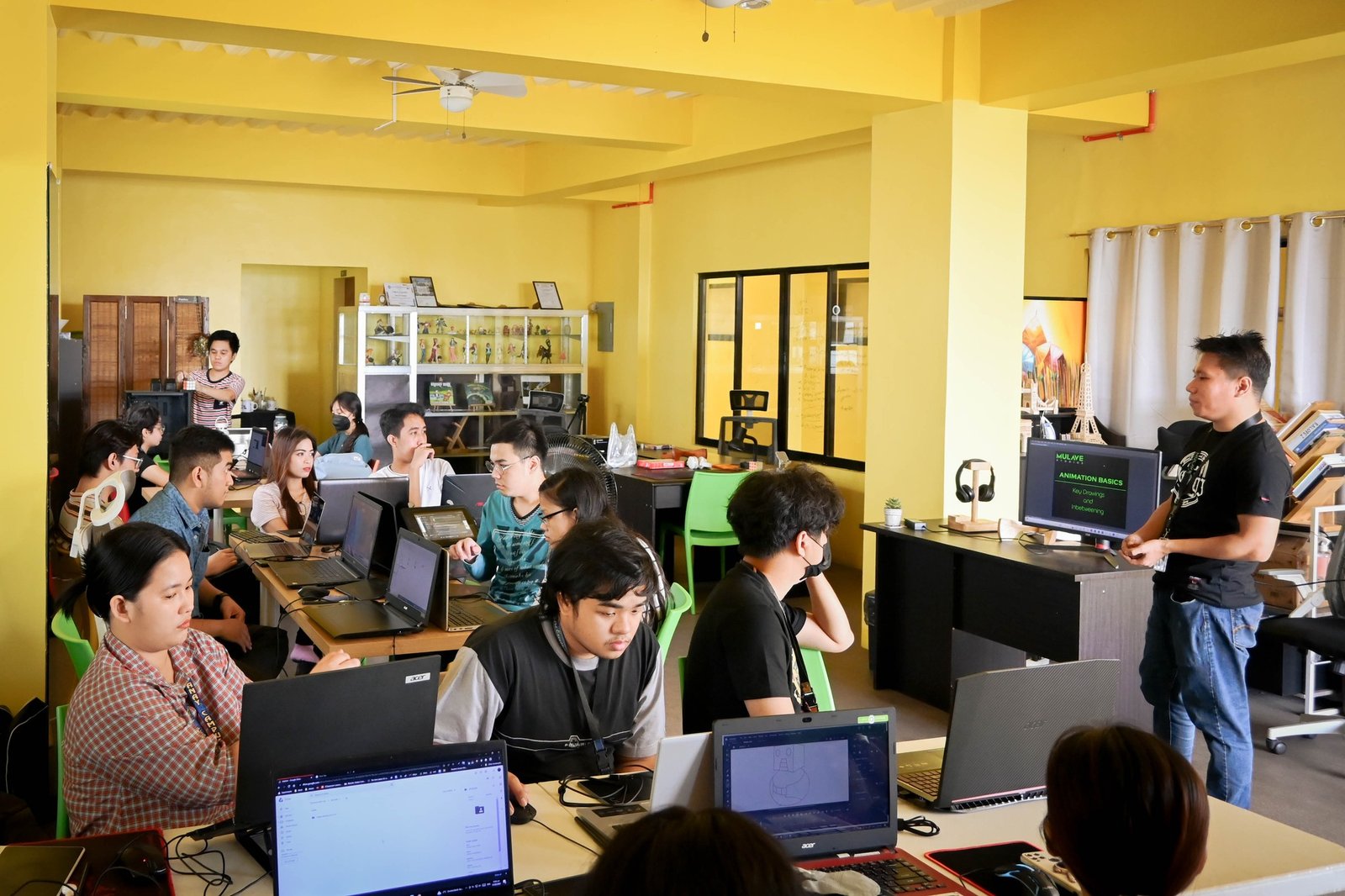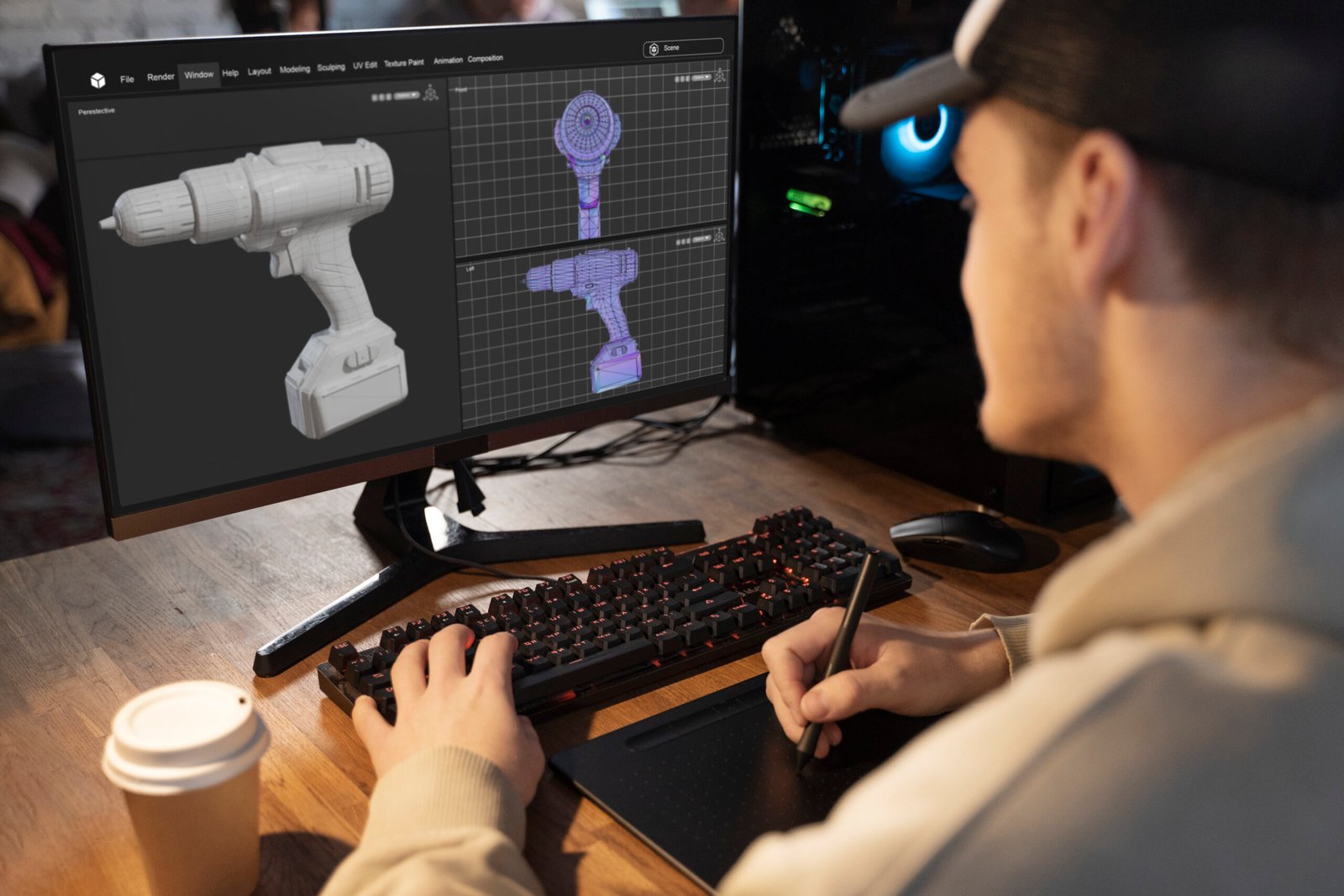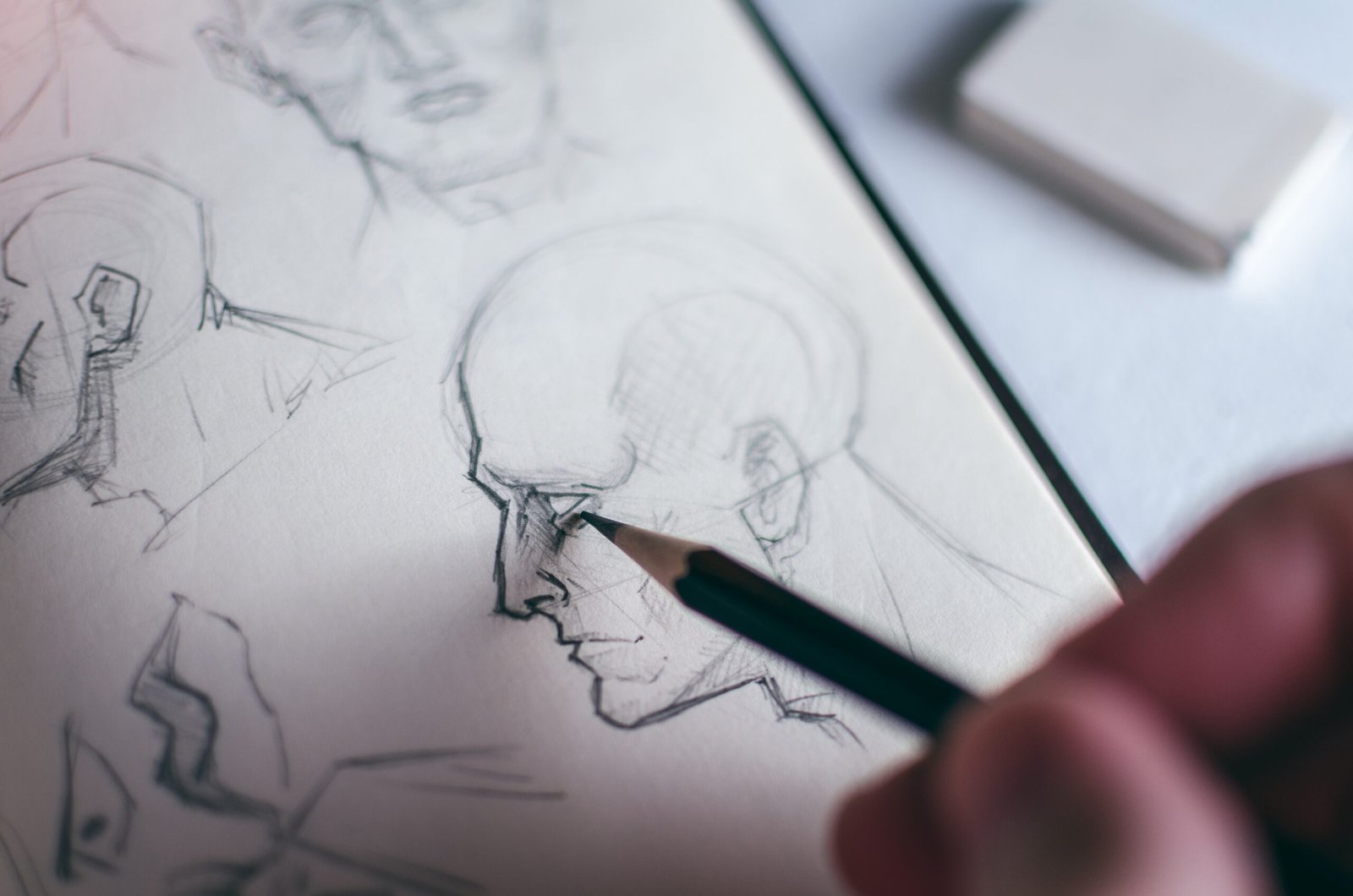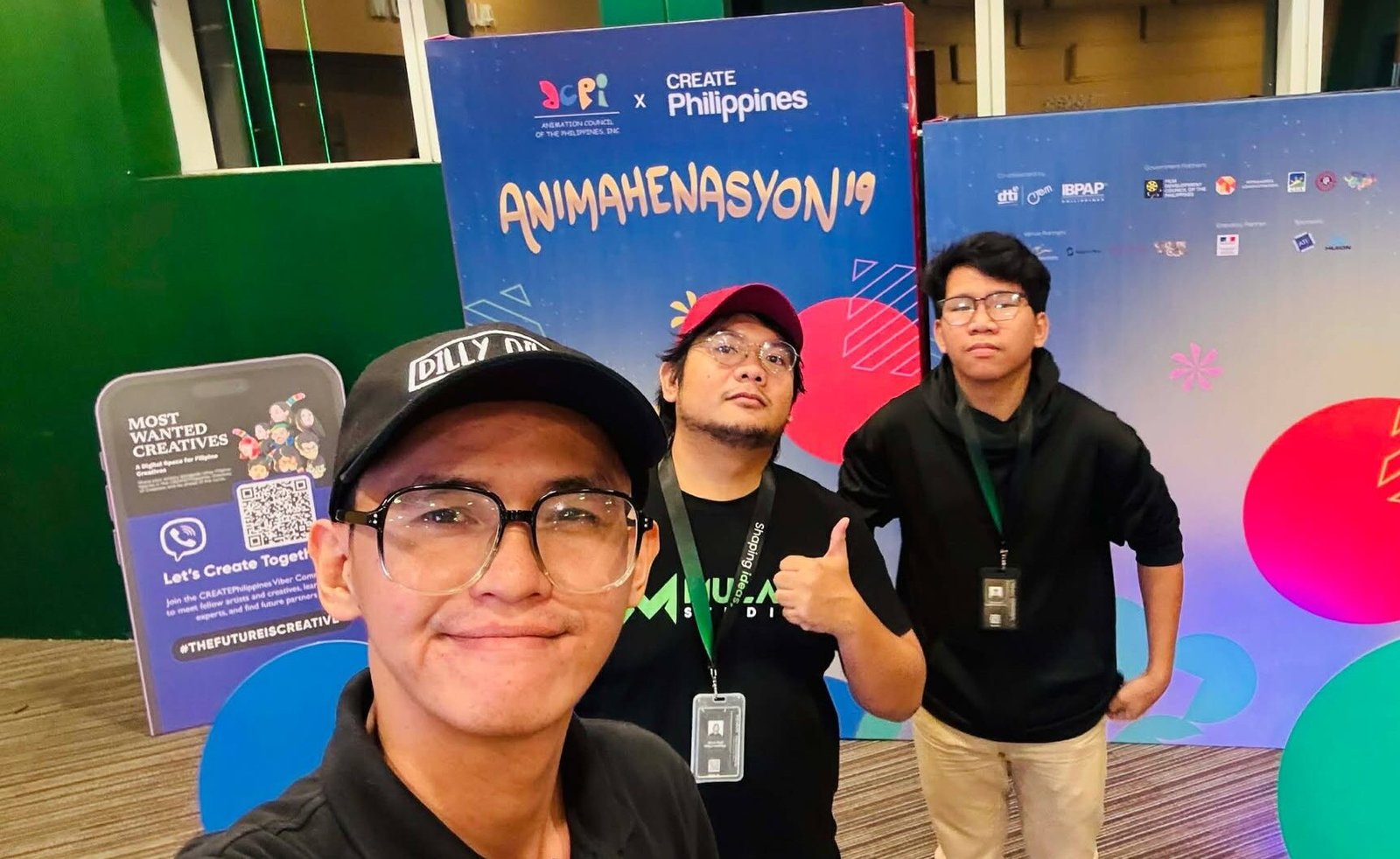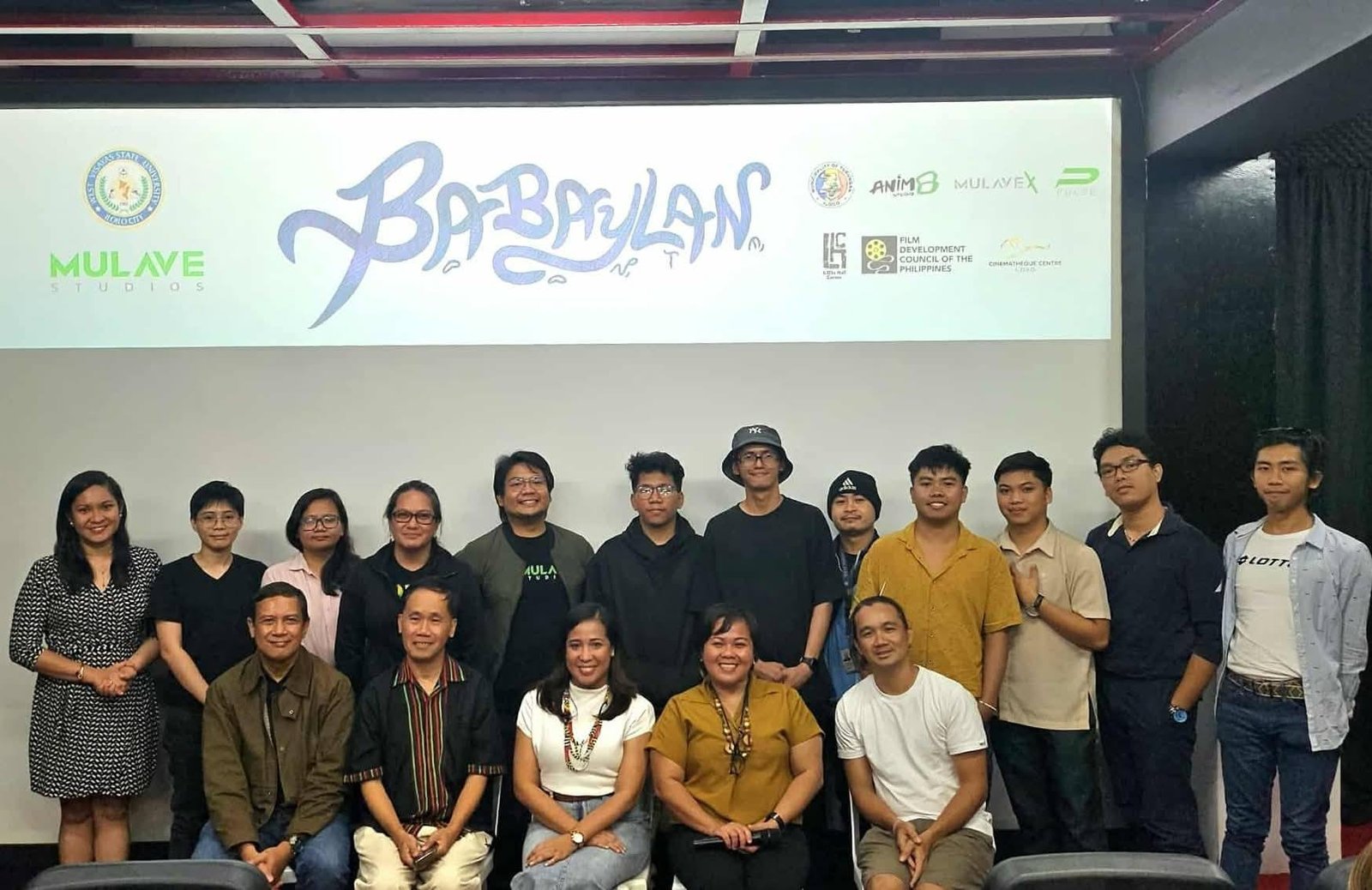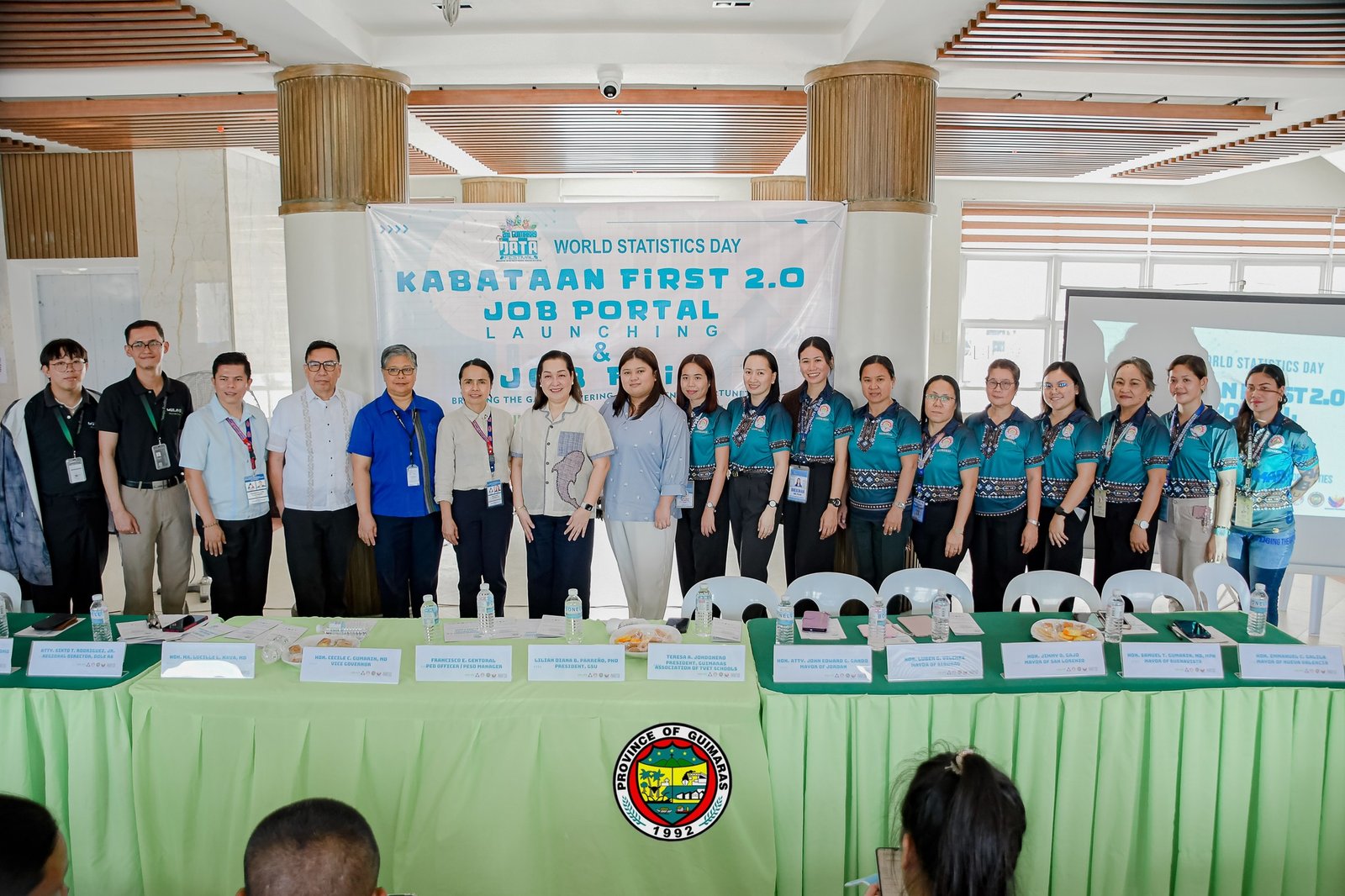The Philippine animation industry has experienced exponential growth over the last decade. With more studios producing animated films, TV series, and other multimedia content, the country has cemented itself as an attractive hub for animation professionals. This presents a valuable opportunity for aspiring animators to carve out a fruitful career.
Embarking on an animation journey requires dedication, strategic planning, and persistently working to build your skills. By learning from veterans, expanding your technical abilities, and actively seeking opportunities, it’s possible to succeed as a 2D animator in the Philippines.
1. Gaining a Comprehensive Education
Principles of animation: Timing, spacing, exaggeration, solid drawing, appeal. Mastering these principles is key to creating polished, professional animations.
Storytelling: Understanding story structure, narrative elements, editing, and how to translate stories visually through animation.
Software skills: Programs like Adobe Animate, Toon Boom Harmony, TVPaint, and Blender. Build proficiency in industry-standard software.
Design and drawing: Character design, background art, color theory. Having strong drawing and visual development skills is a must.
- De La Salle-College of Saint Benilde in Manila offers a Bachelor’s degree in Animation that covers the fundamentals of motion, drawing, and 2D and 3D animation tools.
- University of the Philippines Diliman provides a Bachelor’s program in Visual Communication with courses in digital animation and motion graphics.
- Ateneo de Manila University offers a Fine Arts program majoring in Information Design with animation, graphics and visual effects components.
2. Developing Technical Skills
- Key frame animation: Creating fluid motions by properly spacing and timing key frames. Mastering key framing is the cornerstone of 2D animation.
- Inbetweening: Generating the in-between frames between key poses to achieve natural, seamless animation.
- Camera angles: Selecting dynamic camera angles that best tell the story and match the mood.
- Rigging: Creating bone, joint and controller structures for characters that make animating easier and more efficient.
- Textures and patterns: Designing textures that bring characters and backgrounds to life in believable ways.
3. Building Your Animation Portfolio
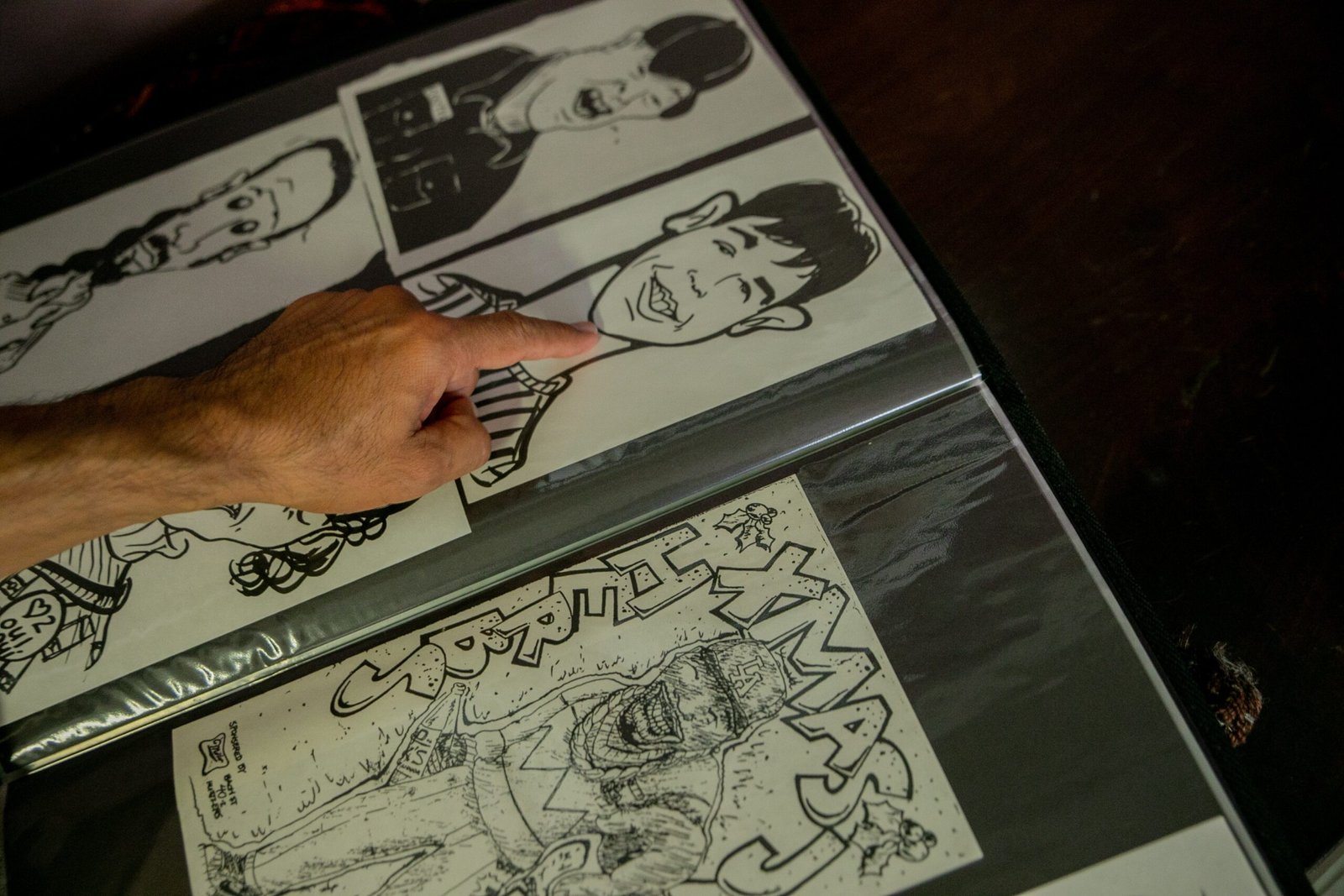
- Class assignments: Animation exercises, shorts, and semester projects from school.
- Independent projects: Animations you’ve independently created including shorts, loops, and character studies.
- Collaborations: Work produced together with other artists and creatives.
- Style experiments: Animation pieces in varying styles like cartoon, anime, realistic, etc. Showcase your range.
- Process samples: Storyboards, concept art, work-in-progress snapshots. Provide insights into your creative process.
- Best work: Lead with your highest-quality, most polished work. First impressions matter greatly.
4. Getting Work Experience
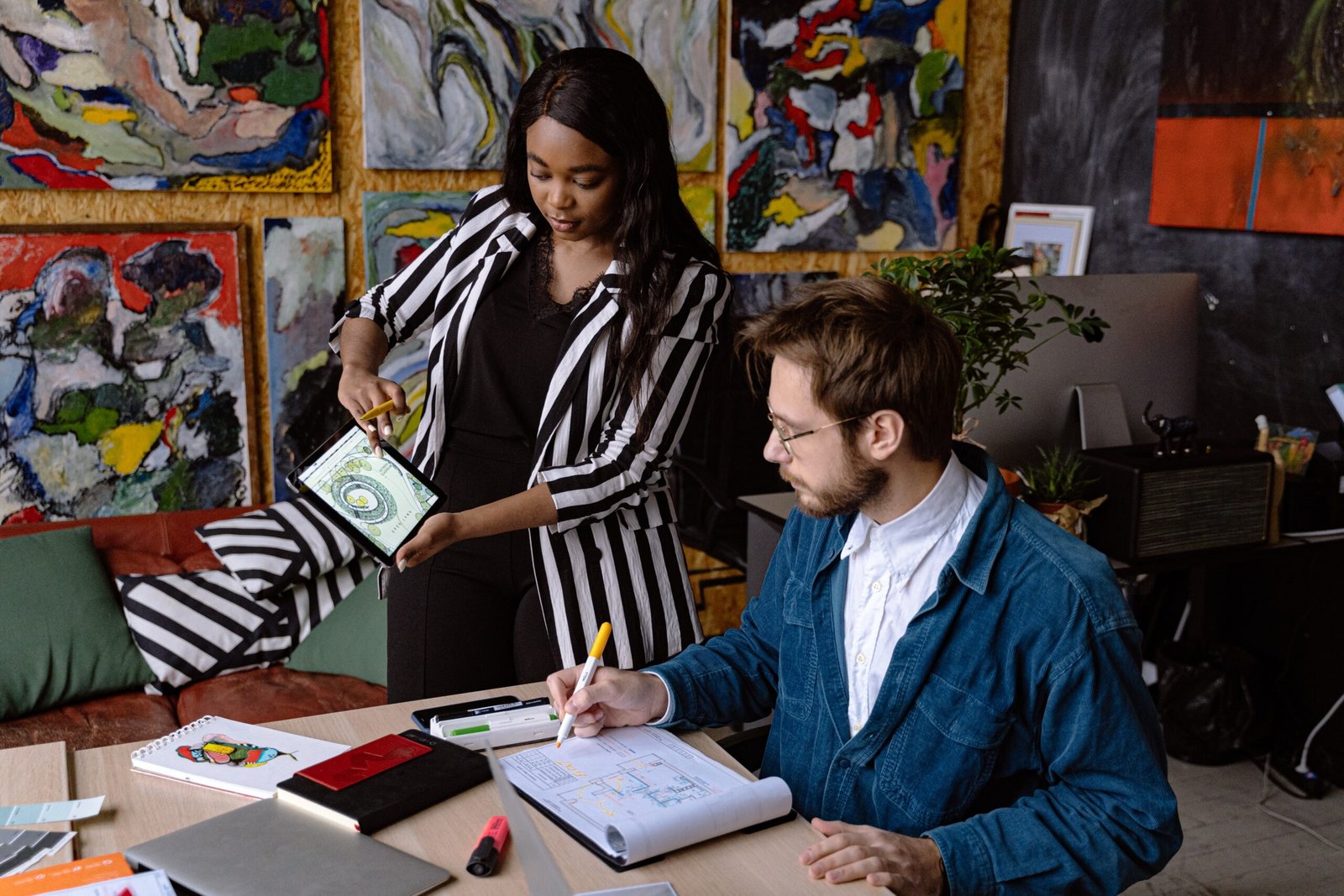
- Education: Enroll in animation degree programs at colleges like De La Salle-College of Saint Benilde, UP Diliman, or University of San Carlos. Choose a specialization like 2D, 3D, or visual effects.
- Internships: Apply for summer internships at animation studios like Mulave Studios Academy. Mulave Studios provides valuable internships that give hands-on experience in a real studio environment. Interning at Mulave Studios allows you to learn from industry veterans and build up your portfolio. It’s a great way to kickstart your animation career.
- Freelancing: Take on freelance gigs posted on platforms like Upwork and Fiverr. Build your client base and professional portfolio.
- Indie productions: Contribute animation to indie shorts, games, music videos and other passion projects. It allows creative freedom.
- Contests and festivals: Enter your shorts and loops into contests and film festivals. It provides exposure and feedback.
- Assistant and volunteer roles: Take on assistant animator, clean-up artist or volunteer roles to learn from and network with industry veterans.
5. Networking Actively
- Attending industry events like the Manila Animation Festival to meet fellow artists. Follow organizers on social media for event updates.
- Joining Reddit, Discord, Facebook groups and Slack channels for Philippine animators. Share your work and engage regularly.
- Following animation influencers, studios and artists on Instagram and Twitter. Comment on and share their work.
- Staying connected with classmates and teachers. They can recommend opportunities.
- Reaching out for mentorships and portfolio reviews from veteran animators. Their feedback is invaluable.
- Maintaining an online presence through a professional website, reel, and social media profiles.
6. Developing Your Skills Continuously
- Rigorously practice fundamentals like perspective, anatomy and motion to keep improving.
- Study films, watch tutorials, and analyze the work of veteran animators. Learn from the best.
- Experiment with new styles, techniques, and software. Versatility makes you an asset to studios.
- Take advanced workshops on topics like visual storytelling and character acting.
- Learn complementary skills like illustration, modeling, rigging, and editing.
- Stay updated on industry trends and innovations through animation blogs and podcasts.
6. Adapting a Growth Mindset
- Focusing on learning and improvement rather than just end results.
- Embracing failures and feedback as opportunities to grow.
- Recognizing abilities are developed through practice over time.
- Finding lessons and inspiration in the success of others.
- Prioritizing consistent small improvements through discipline and hard work.
7. Animation in the Philippines Offers Great Potential
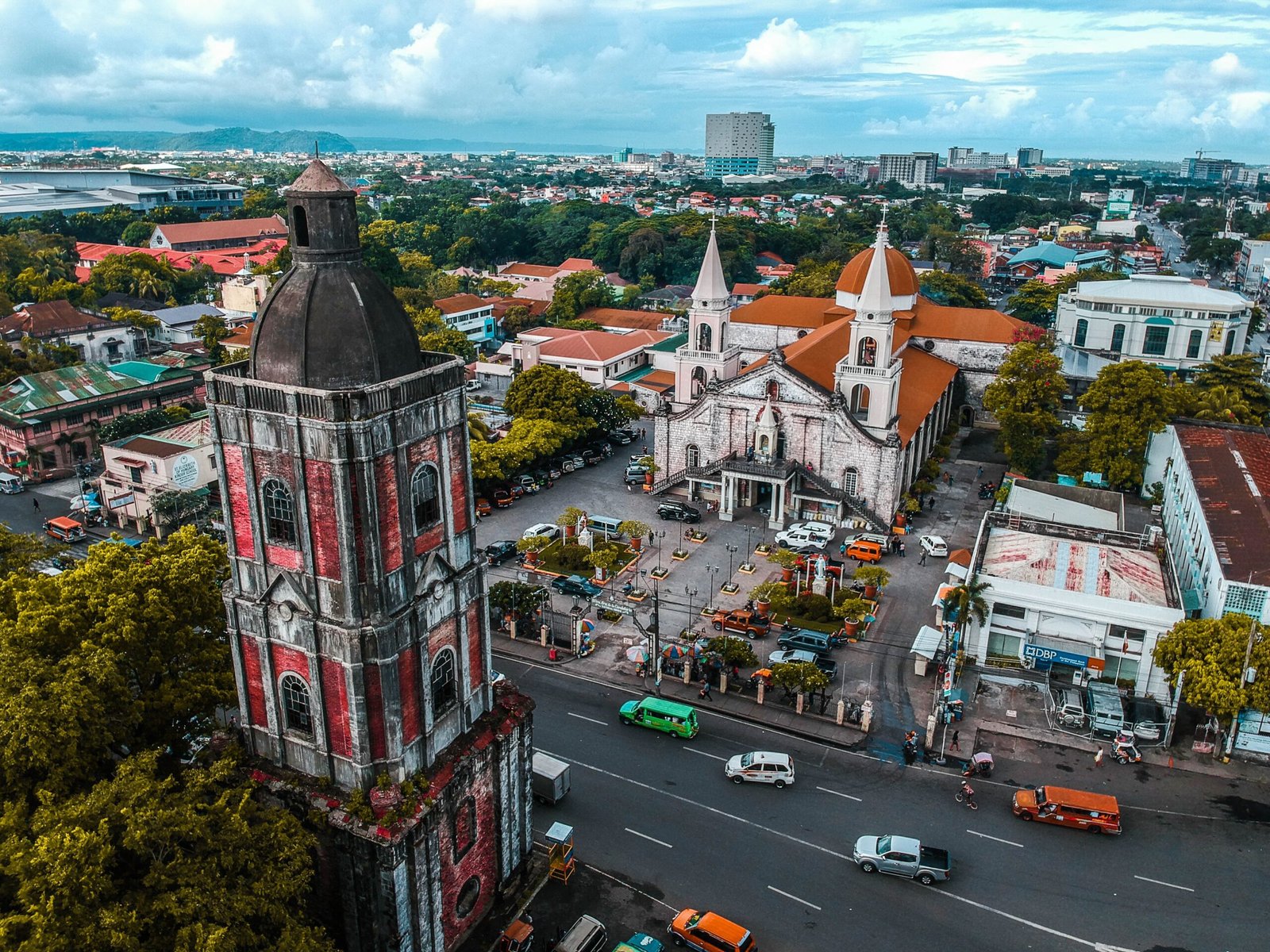
Unlock Your Potential at Mulave Studios Academy
